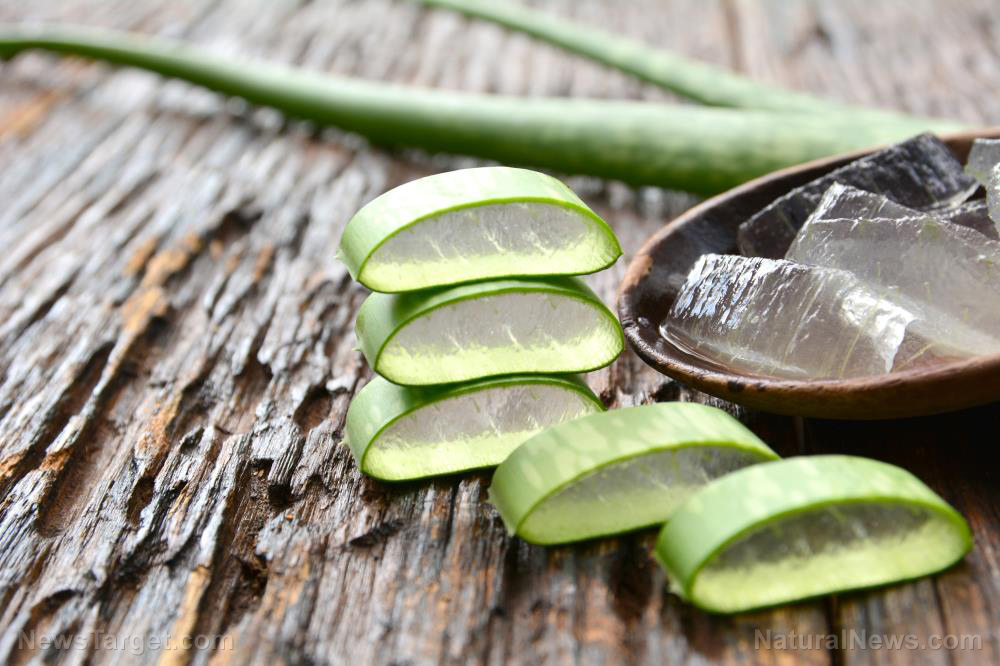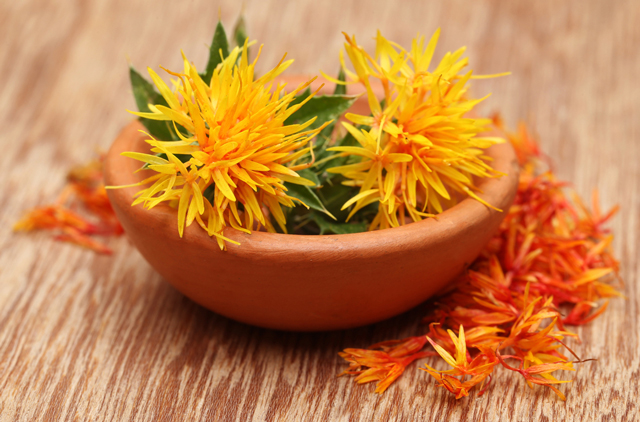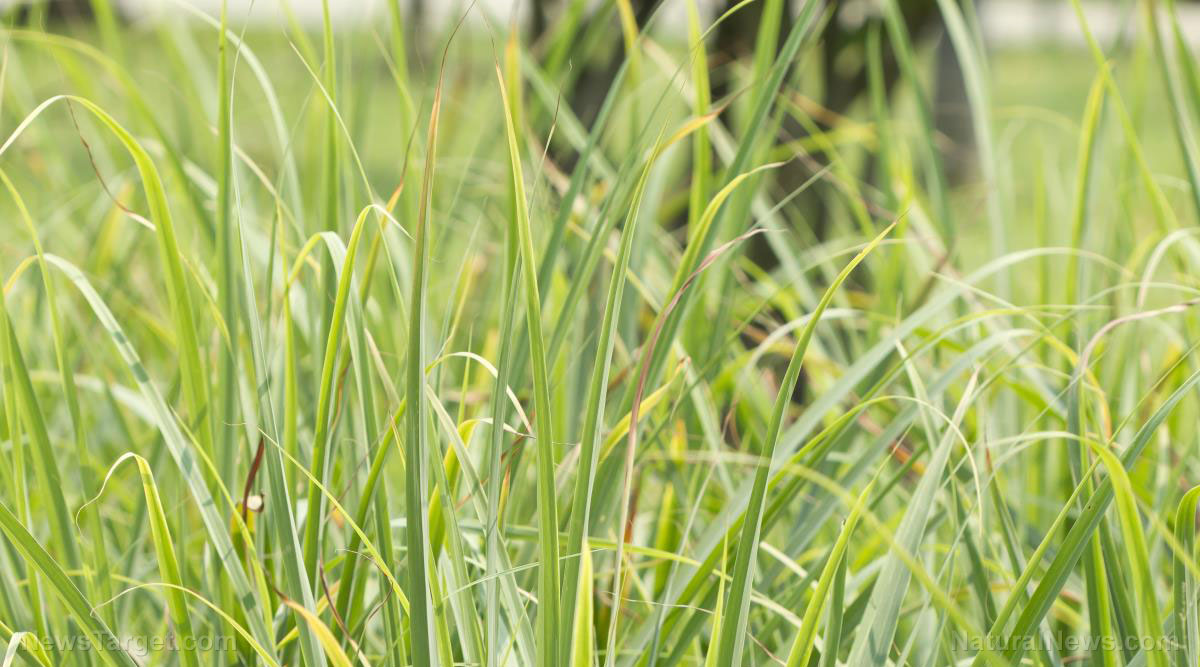Cinnamyl alcohol in the Japanese chestnut flower found to demonstrate anti-obesity potential
04/17/2019 / By Ralph Flores

A recent study in The American Journal of Chinese Medicine revealed that cinnamyl alcohol, the active ingredient in Japanese chestnut (Castanea crenata ‘Dulcis’) flower, has potential anti-obesity properties. In their report, researchers from South Korea investigated the efficacy of chestnut flower extract in vitro.
- Earlier studies on chestnut flower extract (CCDF) found that it contained antioxidant and anti-melanogenic properties.
- For this study, the team looked at how CCDF affects adipocyte differentiation using 3T3-L1 cells. They also looked at the bioactive compound in CCDF for the cell differentiation process.
- While CCDF absolute did not change 3T3-L1 cell viability, it reduced lipid cell build-up in 3T3-L1 cells induced in the 3-isobutyl-1-methylxanthine/dexamethasone/insulin (MDI) medium.
- The gas chromatography-mass spectrometry results revealed that CCDF absolute had 10 compounds. Of the 10 compounds, cinnamyl alcohol (3-phenyl-2-propene-1-ol) exhibited dose-dependent inhibition on lipid cells in the MDI-contained 3T3-L1 cells with a concentration range between 0.1 micrograms per milliliter (mcg/mL) to 10 mcg/mL without signs of cytotoxicity.
- Inhibition was particularly significant at 5 mcg/mL (70.27 ±1.50 percent response rate in MDI-alone treatments) and 10 mcg/mL (28.94 ±1.76 percent response rate in MDI-alone treatments)
- Cinnamyl alcohol (5 and 10 mcg/mL) attenuated enhanced expression of obesity-related proteins, including PPARy, C/EBPa, SREBP-1c, and FAS.
These findings indicated that both cinnamyl alcohol and CCDF absolute can be used for both preventive and curative therapies for obesity.
Journal Reference:
Hwang DI, Won KJ, Kim DY, Kim B, Lee HM. CINNAMYL ALCOHOL, THE BIOACTIVE COMPONENT OF CHESTNUT FLOWER ABSOLUTE, INHIBITS ADIPOCYTE DIFFERENTIATION IN 3T3-L1 CELLS BY DOWNREGULATING ADIPOGENIC TRANSCRIPTION FACTORS. The American Journal of Chinese Medicine. 2017;45(04):833–846. DOI: 10.1142/S0192415X17500446
Tagged Under: alternative medicine, anti-obesity, chestnut, chestnut flower, cinnamyl alcohol, disease treatments, fightobesity, herbal medicine, Herbs, natural cures, natural medicine, pain relief, remedies


















